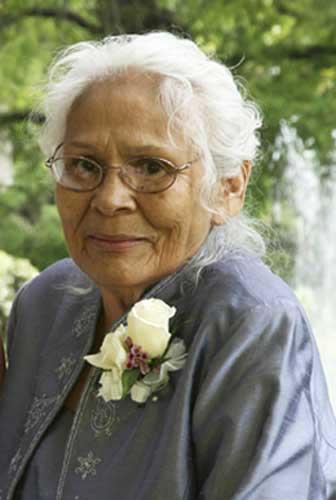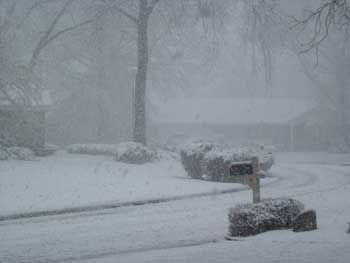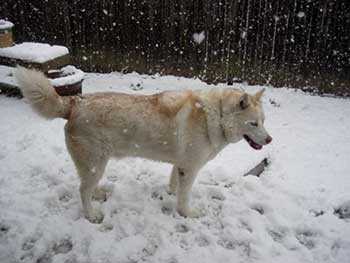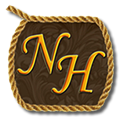Prepare For Saying Good-bye
It ‘s coming up on 2 years since I lost Iggette. You can read about her in a previous post, “Meet My First Horse“. She was a 3 year old when she came into my life. We learned a lot from one another. She turned out to be one of the best teachers I have ever had. Why am I reminiscing about her now?
Over the last few months, we lost 2 members of our barn family. The most recent was Brig. He was a 31 years old gelding that had been at the barn since before I came over 20 years ago. He was not a very big horse, but a very sweet guy. Because of his age, he found the play times of Dollar and Sonny too rambunctious. He preferred to spend his days soaking up the sun and grazing.
Monday, I received an email from the barn manager. She told us that Brig had spent the day at the clinic with colic. As the day progressed, he did not improve. His owners were prepared and made the decision. Brig was laid to rest. He will be greatly missed.
The other member of our barn family was not a horse but an owner who passed on. She was not that old, in fact, she was younger than me. She had been fighting cancer for the last year. In December, she lost that fight. Her horse left our barn and went to live in a friend’s pasture.
I am a firm believer that if you listen to your animals, they will tell you when it is their time. We have to have the compassion and strength to make the decision to stop their suffering. We have to be brave enough to go on without our friend.
As horse owners, we also have to be responsible and plan ahead. Yes, I know no one wants to think of their own death. But if you don’t plan, what will become of your horse? Is your family prepared to take on the responsibilities that you found enjoyable and fun? Are they going to be financially able to take on the care of a horse?
If your answers were yes at one time, have you asked them lately. In these hard economic times, circumstances change. What was once a firm commitment may now be a hardship. Even if you had planned to donate your horse to one of the many great foundations, have you kept up contact with them to make sure that option is still open?
It might be a good idea to review your plans every year or two. Discuss them with the people or foundations that you will be entrusting your horse to after you are gone. Make a will if you need to and update it as circumstances change.
This post is meant to make you stop and think. What would you do? Are you prepared?

 world. I had friends that let me ride. She tolerated my insistence to stay in the horse barns while at the fair. After I moved out and married, I bought my first horse. While she was never too excited about this, she was always there to cheer me on at the few shows I entered. She never discouraged my growing passion for horses. She would bring her grandchildren out to the barn so they could get to know Iggette. Later on, she brought the great grandchildren out to see my newest horses.
world. I had friends that let me ride. She tolerated my insistence to stay in the horse barns while at the fair. After I moved out and married, I bought my first horse. While she was never too excited about this, she was always there to cheer me on at the few shows I entered. She never discouraged my growing passion for horses. She would bring her grandchildren out to the barn so they could get to know Iggette. Later on, she brought the great grandchildren out to see my newest horses. It’s the last weekend of March. Mother Nature has teased us more than once with beautiful springtime weather. This weekend did not qualify for that in Oklahoma. We have had one doozy of an early spring snow. In my area, that has been 4″-6″ of the white stuff. The farther west you live has turned into as much as 26″-28″ of snow. I know, some of you from the north are saying “Waaaaa, whiners”.
It’s the last weekend of March. Mother Nature has teased us more than once with beautiful springtime weather. This weekend did not qualify for that in Oklahoma. We have had one doozy of an early spring snow. In my area, that has been 4″-6″ of the white stuff. The farther west you live has turned into as much as 26″-28″ of snow. I know, some of you from the north are saying “Waaaaa, whiners”.

